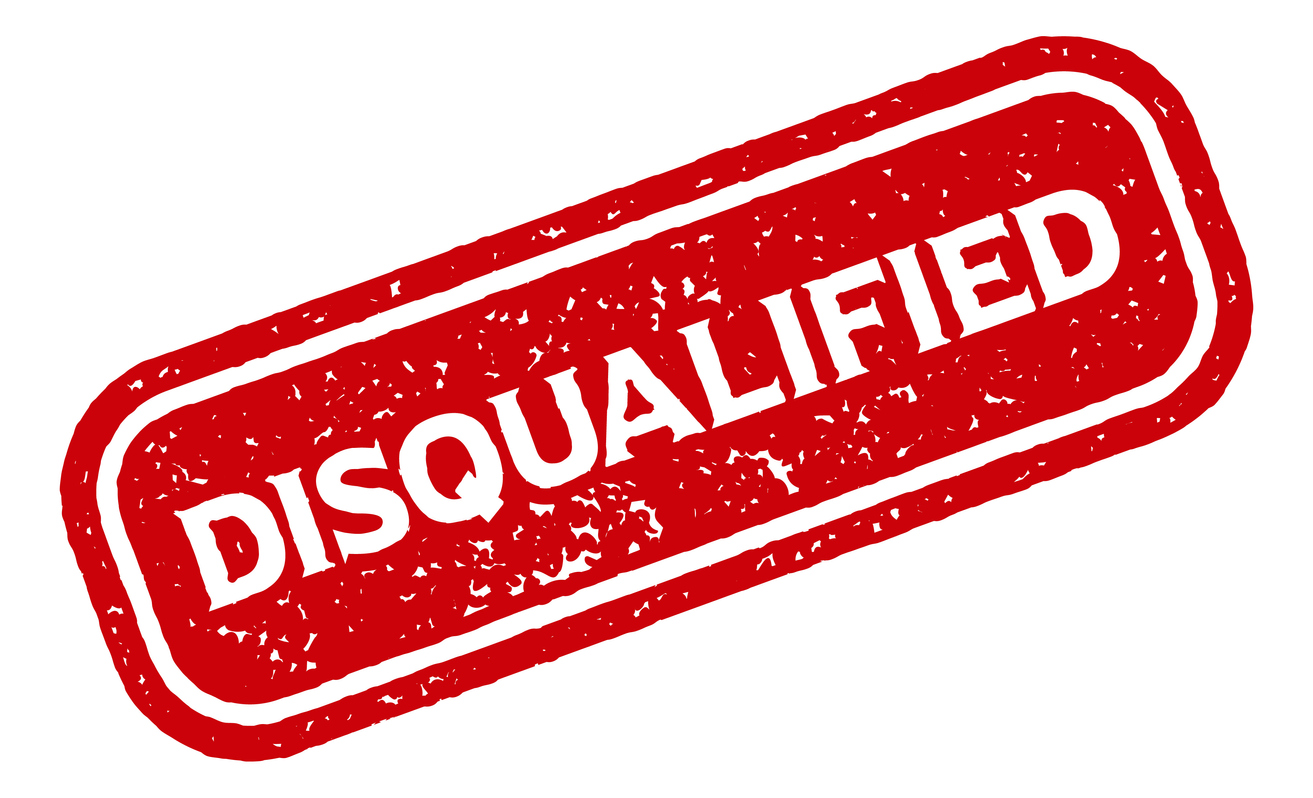As expected, the Texas Department of Insurance – the government regulator in charge of overseeing the insurance industry (also known as “protecting the public”) – has approved Allstate Texas Lloyd’s request to raise rates across Texas by 5.7%. The Texas Department of Insurance has the ability to deny any requested rate hike if it determines that the rate increase is excessive, discriminatory, or inadequate. Kristen Beaman, an Allstate spokesperson, said that the Texas Department of Insurance has decided to take no action on recent increases.
Rates for new Allstate Fire and Casualty policyholders went up an average of 9.8% in Texas on December 12, 2011, and for existing customers, the rate increase kicked in on January 26, 2012. What does this mean for you, the average Allstate homeowner’s policyholder? Well, Allstate Texas Lloyds customers can expect an average annual increase of $68 per year, and Allstate Fire and Casualty policyholders will see their premiums go up by about $124 per year. This is on top last year’s rate increases of 5.4% for Allstate Texas Lloyds and 9.7% for Allstate Fire and Casualty.
Allstate spokesperson Beaman said that the rate changes were driven by loss costs, which she claimed were rising faster than premiums.
I find Beaman’s comments particularly interesting after reading PR Newswire’s article titled “Allstate Reports Strong Fourth Quarter 2011 Earnings and Continued Progress on Strategic Commitments to Improve Shareholder Value.” I found the following quotation particularly fascinating. “Operating income increased to $750 million, a $479 million increase from prior year [sic] due to substantially lower catastrophe losses,” said Thomas J. Wilson—chairman, president, and chief executive officer of The Allstate Corporation.
You read that right: Allstate had net operating income of $750 million for the months of October, November, and December 2011. And if you think I’m being selective with the numbers by using operating income instead of net income, Allstate also reported net income of $724 million for the last three months of 2011. That means that during the fourth quarter of 2011, Allstate made on average $327,898 an hour and $5,464 per minute in pure profit.
And to top if all off, the guy in charge of Allstate, Mr. Thomas J. Wilson, boasted to Allstate’s shareholders that the increase stemmed from “lower catastrophe losses.” So, on the one hand you have Allstate spokeperson Beaman implying to Texas policyholders that Allstate is hurting for cash, while Allstate’s top guy tells shareholders something entirely different. Something isn’t adding up here . . . .
And last, but certainly not least, PR Newswire noted that during the 2011 fourth quarter “rate increases averaging 7.8% in 17 states were approved as Allstate continued its initiatives to improve homeowners [property insurance division] profitability.” [emphasis added]



